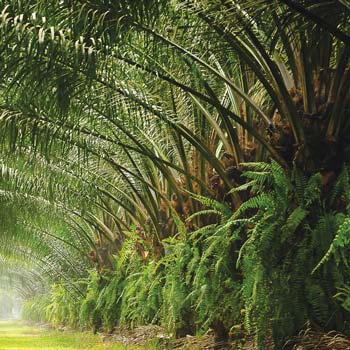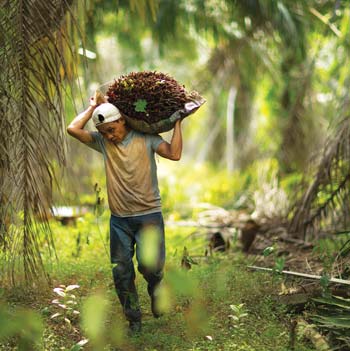



The oil palm has been the bedrock of Malaysia’s economy, socio-development, political stability and ability to innovate. As we mark the centenary of its cultivation this year, we look back at the first five of 10 milestones to understand the challenges and efforts that have gone into producing palm oil. As a sustainable crop, the oil palm plays a critical role in helping to feed more than three billion people in over 150 countries. Feeding an additional two billion people by 2050 with limited arable land will be no small task.


The oil palm is eight to ten times more productive than other major oilseed crops; highly efficient with a high output-to-input energy ratio; and extremely versatile in its uses, including the biomass waste generated. In 2015, Malaysia produced 32% of the global palm oil output on a mere 0.1% of global agricultural land.
Malaysian palm oil is renowned for its high quality and usability. With improvements in processing technologies, it can be easily tailored to meet specifications of end-users. It is highly sought after for various applications in food and non-food industries, making it a true global product. We record the first five milestones in the history of Malaysian cultivation of the oil palm.

The oil palm (Elaeis Guineensis) is native to West Africa. It was introduced to Malaya by the British in the 1870s.

Small farmers have been important players from the early years of the Malaysian palm oil industry. They now own about 40% of the planted area.